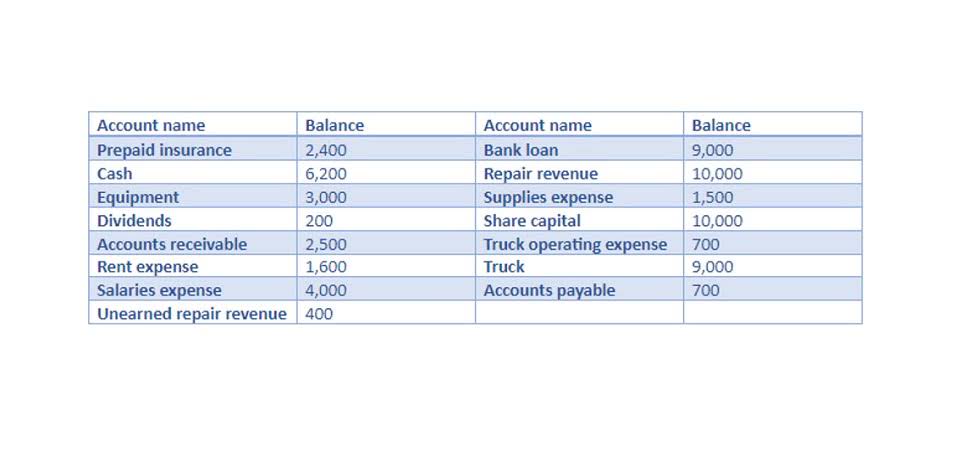
She decides she wants to put together a rough financial forecast for the future, so she opts to leverage the percent of sales method. Now that she has the relevant initial figures, she can move on to the next step. Even then, you have to bear in mind that the method only applies to line items that correlate with sales. Any fixed expenses — like fixed assets and debt — can’t be projected with the percent of sales method. When you can quickly create sales forecasts, you can adapt to sudden storms.

Return on Sales: What it is & How to Calculate

It looks at financial items like the cost of goods sold (COGS) and accounts receivable as a percentage of your total sales. This information about past sales data helps you predict future financial performance. One can utilize it to estimate a business’s annual sales growth. Moreover, it can help organizations prepare a comprehensive financial outlook statement.
- To determine her forecasted sales, she would use the following equation.
- First, Jim needs to work out the percentage that each of these line items represents relative to company revenue.
- Our mastery of these disciplines is what makes us effective.
- If her sales increase by 10 percent, she can expect your total sales value in the upcoming month to be $66,000.
- This helps us understand the change in relation to the starting point.
- There is a lower chance that recent purchases won’t be settled by the credit card companies than purchases over a month out.
Brighten Your Financial Forecast With Joist
In the world of financial analysis, profitability ratios play a crucial role in assessing a company’s operational efficiency and overall financial health. One such essential metric is Return on Sales (ROS), which helps stakeholders understand how well a company converts its sales into profit. This percent of sales formula blog will explore what return on sales is, how to calculate it, why it’s important, and its limitations. Understanding ROS is key for investors, financial analysts, and management teams aiming to measure a company’s profitability and efficiency. The formulas and calculations in this article are stellar for figuring out your profit margins, forecasting your cash flow and maintaining profitability.

Preparing for the ACT® WorkKeys Applied Math Test

Our accounting software takes care of bookkeeping and taxes, so you can go back to doing what you love. Access P&L reports, insights and more in real-time, giving you a greater understanding of your business’s financial health. Cost of revenue refers to all expenses involved https://www.bookstime.com/ in delivering a product or service to customers.
Time Management Tips
It tells you how much of your lemonade stash you’ve turned into cold, hard cash. In other words, it shows you the proportion of your sales compared to the total amount you’re working with. This time, TERRA T-shirts bought 250 t-shirts for £5 in January, then another 250 t-shirts for the inflated price of £7 in February. Practice identifying positive and negative changes, as they may require different methods. Say Jim runs a retail running shoe store, and has the following line items he wants to forecast. It’s a quicker method because of its simplicity, so some businesses prefer it to other, more complex techniques.

Our Products
- Instead, you might compare sales from two successive fiscal years ending on March 31st.
- To avoid confusion, one must clearly understand the critical differences between the two concepts.
- With changing budgets and different needs every month, it’s important to know where your money is going and how it affects future earnings.
- Use this method to uncover the original figures efficiently.
The information becomes especially useful in comparing figures from previous normal balance years and making budgeting decisions for the future. You may want to compare the percentage of sales to different categories of expenses in addition to total expenses. The percentage of sales to expenses method is the most common method of calculating the effects of sales on net income for budgeting purposes.
Leverage the percentage of sales method to get a clear vision of your financial future so you can map strategies that work. Ultimately, this will help ensure you’re on a path to growth. The meaning and purpose of the percentage of sales method and aging of accounts receivable can be confusing for individuals new to the finance world. To avoid confusion, one must clearly understand the critical differences between the two concepts.

